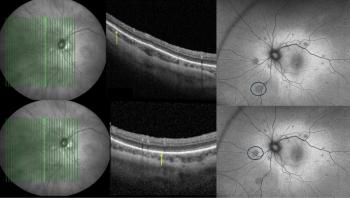
Exercise reduces IOP and axial length in young adults
Exercise can reduce intraocular pressure (IOP), ocular pulse amplitude (OPA) and axial length (AXL).
An experiment featured in Eye has demonstrated that exercise can reduce intraocular pressure (IOP), ocular pulse amplitude (OPA) and axial length (AXL).
Dr S. A. Read et al., Contact Lens and Visual Optics Laboratory, School of Optometry, Queensland University of Technology, Australia, studied 20 young adults. Ten of the participants were myopic and 10 were emmetropic.
Ocular biometrics, blood pressure, pulse rate IOP and OPA were measured during a rest period of 20 minutes. All participants then underwent 10 minutes of low intensity exercise. The measurements were taken again straight after, as well as 5 and 10 minutes after, the exercise. The groups were measured several times to analyse the changes in the measured parameters.
Although there were no significant differences between the emmetropic and myopic patients, the findings revealed that exercise significantly decreased AXL, and reduced IOP and OPA for both groups. There was a positive correlation between AXL changes and IOP changes. Exercise is significantly effective in positively influencing AXL and IOP in the short-term.
Newsletter
Get the essential updates shaping the future of pharma manufacturing and compliance—subscribe today to Pharmaceutical Technology and never miss a breakthrough.













































